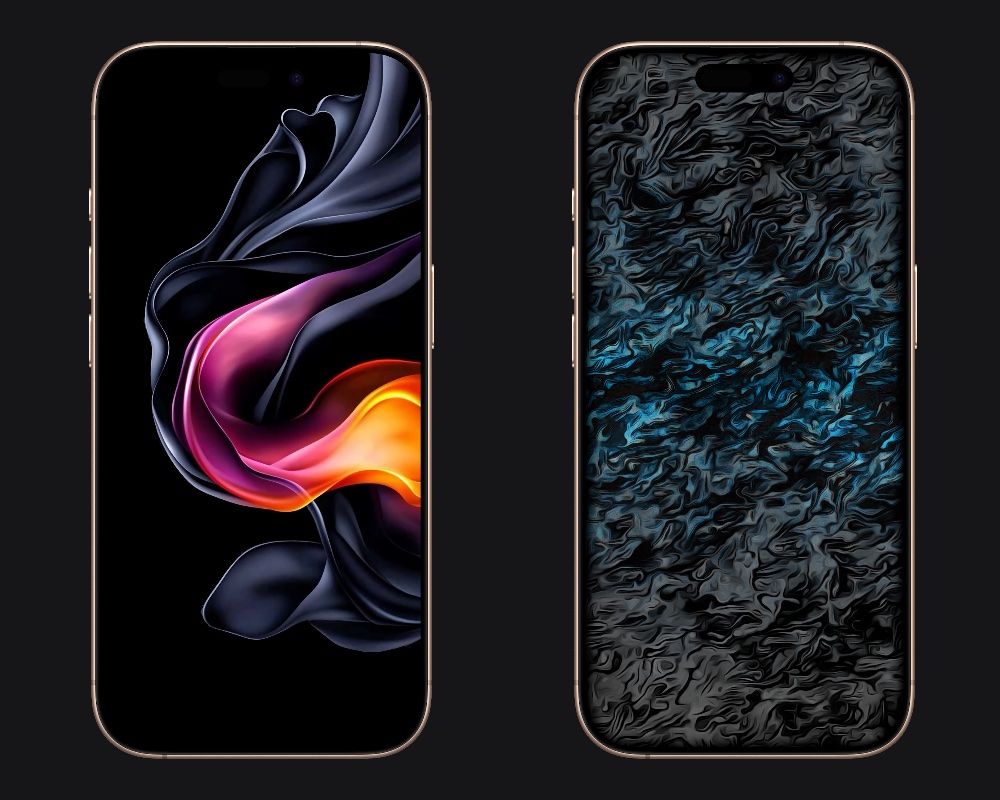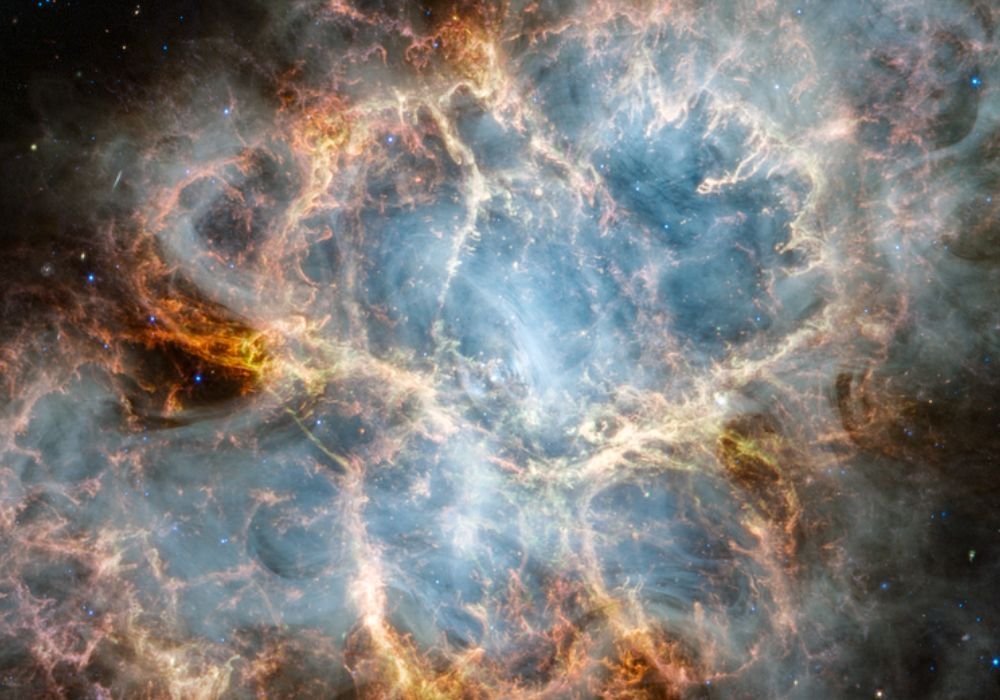NASA recently posted images on social media Impressive images of the Crab Nebula recorded by the James Webb Space Telescope (JWST). One of the most observed astronomical events in the history of astronomy, this phenomenon, 6,500 light-years away, is the remnant of a supernova whose brightness was recorded in 1054 AD.
One of the few observable nebulae in the night sky, the Crab Nebula has continued to attract the attention of astronomers who are always trying to deepen their studies in order to understand the origin, behavior and consequences of a supernova-type explosion.
JWST used its Near Infrared Camera (NIRCam) and Mid-Infrared Device (MIRI) in the research. “JWST’s sensitivity and spatial resolution allow us to accurately determine the composition of the ejected material, particularly its iron and nickel content, which could reveal what type of explosion the Crab Nebula caused,” JWST’s principal investigator explained in a statement. team Tea Temim,
Inside the Crab Nebula
In principle, NIRCam’s observations are similar to images recorded in optical light from the Hubble Telescope. However, the JWST zoom reveals details of the “smooth” red-orange gas filaments that form a frame around the “heart” of the Crab Nebula. Closer approach allowed Observe the glowing grains of yellow, white, and green dust at the core of the structure.
As the powerful space telescope dived deep into these remnants of material blown up by the supernova, it detected electromagnetic radiation called a synchrotron. This light, which appears as milky white smoke in images, is produced by electrons moving at relativistic speeds (close to the speed of light).
The source of this radiation is a pulsar, so a rapidly rotating neutron star in the “heart” of the supernova debris. This location is clearly visible in the middle of the image, tracing the circular waves to a central bright white dot. When the original star collapsed, it formed this ultra-dense spinning object that emits a pulse of radiation as it rotates.
The exact location of this neutron star, which emits jets of electromagnetic radiation (pulsar), can be obtained at the center of the nebula by following the white material that curves sharply inward from the edges of the red lattice. Feeling like the Crab Nebula has a tight “waist” This is due to “the expanding supernova wind being trapped by a dense belt of gas,” Tamim says.
According to the researcher at Princeton University in the US, research into the history of the Crab Nebula will continue, not only with the analysis of current and previous images (obtained by other telescopes) but also with their publication next year. New research from the Hubble Telescope, He has been observing the nebula for over 20 years.
Below you can see a comparison of currently available images from the two space telescopes.
The images are truly impressive and prove not only the beauty and grandeur of the universe, but also the importance and role of technology in studying the universe.
Did you like the content? Stay up to date with more topics like this at TecMundo and enjoy getting to know the new gods confirmed in our universe by the James Webb Space Telescope.
Source: Tec Mundo
I’m Blaine Morgan, an experienced journalist and writer with over 8 years of experience in the tech industry. My expertise lies in writing about technology news and trends, covering everything from cutting-edge gadgets to emerging software developments. I’ve written for several leading publications including Gadget Onus where I am an author.













